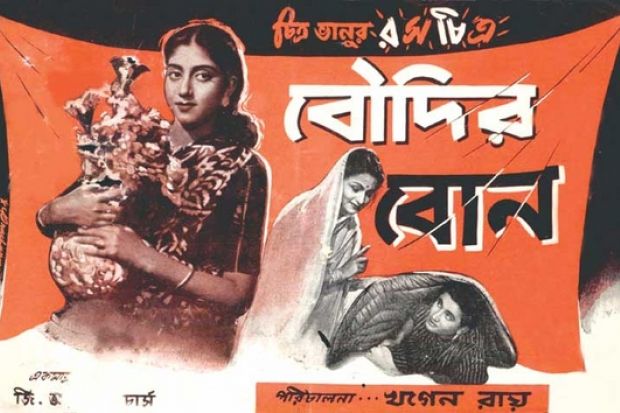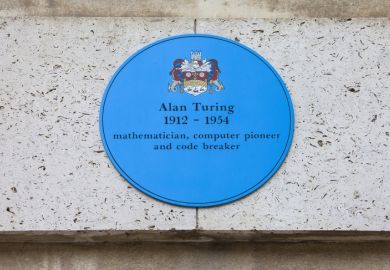Screen gems: a new online archive will allow researchers to access documents including Indian film programmes, opening a window on recent Indian history
An online archive could transform the academic study of South Asia and “open a new window on India’s recent past”.
The project started over a coffee in 2004. Boria Majumdar, senior research fellow at the University of Central Lancashire, had just completed a DPhil on the social history of Indian cricket at the University of Oxford.
He and his wife Sharmistha Gooptu were chatting to his supervisor David Washbrook, now professor of history at the University of Cambridge. As they discussed the Chinese government’s release of an international library of about 4 million pages of historic texts, the couple decided on the spot to set up a research foundation and create something similar for South Asia.
It began haphazardly: when they went to the Kolkata Book Fair and discovered some suitable documents, it proved easiest to buy up one of the stalls, telling the owner to “just give us the keys and go”. They found journals being used to plug a leak in another bookseller’s flat. But eventually they took a more focused approach and assembled about 5 million pages in all, only a small proportion of which had hitherto been digitised.
The collection includes 1,500 rare books, hundreds of journals (more than 300 of them not available online elsewhere), official reports on events such as the Calcutta riots of 1946, and legislation, acts and regulations. The documents cover the period from 1700 to 1953 and are largely in English, although 15 per cent of them are in Bengali, Hindi and Sanskrit. Reflecting Dr Gooptu’s interest in film studies, the collection also takes in much cinematic ephemera from 1933 to 1953, many produced for Indian films now otherwise unknown.
Despite delays caused by economic crashes and fluctuating exchange rates, the material has now been published in fully searchable form by Routledge as the South Asia Archive.
At the archive’s launch in London last week, Professor Washbrook said it “should open a new window on India’s recent past and make a major difference to the status of South Asia studies outside India”.
It is now possible for students to undertake a special subject or dissertation on a South Asian theme even if they were not based close to a major research library, he said.
“Master’s students find it very difficult to get to archives at all,” added Polly O’Hanlon, professor in Indian history and culture at the University of Oxford, “so the new resource will transform the subjects they can study.”
She said that in the past, even Indian researchers often had to go to the British Library to study documents generated on the subcontinent.
“Although the South Asia Archive can never be a substitute for archival research – you can’t just sit at a laptop and let India come to you – it provides a perfect tool for hard-pressed graduate students to prepare in advance and so make the best use of their limited time in the archives,” Professor O’Hanlon added.
John Zavos, senior lecturer in South Asian studies at the University of Manchester, said his discipline has “been very strongly focused on the ‘golden triangle’ of London, Oxford and Cambridge, because of the availability of sources” but added that the archive offers “much potential for democratisation between universities within the UK”.
Register to continue
Why register?
- Registration is free and only takes a moment
- Once registered, you can read 3 articles a month
- Sign up for our newsletter
Subscribe
Or subscribe for unlimited access to:
- Unlimited access to news, views, insights & reviews
- Digital editions
- Digital access to THE’s university and college rankings analysis
Already registered or a current subscriber? Login




